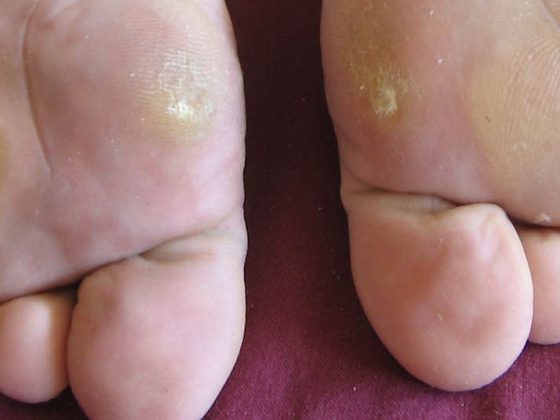In an initial phase II study in metastatic breast cancer, the HSP90 inhibitor ganetespib has shown promising antitumor activity in HER2-positive and triple-negative breast cancer (TNBC). Due to the favorable side effect profile and the good clinical efficacy already as monotherapy, testing of the substance in combination with taxanes now makes sense.
(ka) Ganetespib, a compound from a completely new class of drugs, is currently being tested in several tumor entities. Ganetespib is an inhibitor of heat shock protein (HSP) 90, a chaperone to which newly synthesized proteins must bind in order to be activated. “HSP90 drives malignant growth by stimulating various pro-oncogenic proteins,” explained Prof. David A. Cameron, MD, Edinburgh [1]. In luminal subtype breast cancer and TNBC, HSP90 overexpression is associated with an unfavorable prognosis, i.e., increased risk of recurrence, distant metastasis, and mortality.
Mode of action of Ganetespib
Ganetespib blocks the binding of important oncogenic proteins such as HER2, AKT, BRAF or BCR-ABL to HSP90, so that they cannot be converted to the functionally active configuration and are degraded in the proteasome. “It’s a whole new concept: ganetespib is a targeted therapy, but it inhibits not just a single protein, but multiple molecules important for tumor growth,” Prof. Cameron said. This deactivates driver molecules of oncogenesis, inhibits angiogenesis and metastasis, and enhances the effects of chemotherapy and radiotherapy.
Is it also safe?
Ganetespib has now been evaluated in over 1000 patients and has an acceptable safety profile. The main side effect is usually mild and manageable diarrhea. In NSCLC, second-line therapy with ganetespib plus docetaxel has already been shown to extend progression-free and overall survival compared with docetaxel monotherapy in the GALAXY 1 trial [2].
The phase II ENCHANT-1 trial is evaluating ganetespib monotherapy in HER2-positive breast cancer, TNBC and luminal subtype breast cancer (Fig. 1) . To date, ten HER2-positive patients and 38 women with TNBC have been enrolled. A clear metabolic response was seen in PET already after short-term therapy: In the HER2-positive tumor, six of seven patients responded, and in TNBC, 18 of 31 evaluable patients responded. Early metabolic response correlated with objective clinical response: complete and partial remissions were achieved in four cases of HER2-positive breast cancer, in two cases of TNBC, and stabilizations were achieved in two and eleven cases, respectively. “Thus, ganetespib has shown a promising signal of antitumor activity in these two tumor types,” Prof. Cameron summarized. He assessed the rapid metabolic response to ganetespib even after short-term therapy as promising.

Continuation of the study
The ENCHANT-1 trial is now continuing with recruitment of patients with luminal subtype tumors. In addition, ganetespib is currently being evaluated in the I-SPY-2 program in combination with paclitaxel in locally advanced HER2-negative breast cancer as neoadjuvant therapy.
Source: European Breast Cancer Conference (EBCC) 9, March 19-21, 2014, Glasgow.
Literature:
- Cameron D, et al: EBCC 9: Abstr. 190.
- Ramalingam S, et al: ASCO 2013; Abstr #CRA8007.
InFo Oncology & Hematology 2014; 2(5): 26-27.











